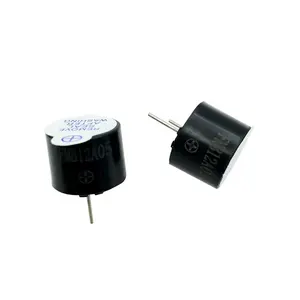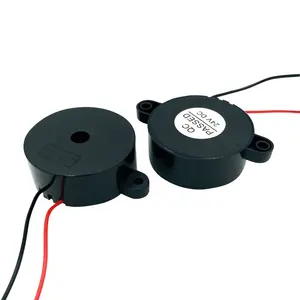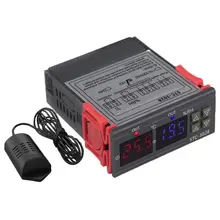Understanding the 3V Active Buzzer
The 3V active buzzer is a compact electronic sound-producing device commonly utilized in various alarm systems, timers, and confirmation of user input across electronics. Unlike passive buzzers that require an external frequency source, an active buzzer has an internal oscillation source, making it a convenient choice for designers and hobbyists.
Types and Configurations
Active buzzers at 3 volts come in several configurations, catering to different applications. You can select from direct current (DC) models for straightforward operations or alternating current (AC) types for systems that require such specifications. The magnetic type is another variant, offering a distinct sound output for specialized needs.
Applications and Uses
The versatility of the 3V active buzzer is evident in its wide range of applications. From consumer electronics to industrial machinery, these buzzers serve as indicators for process completions, warnings, or as part of user interfaces. Their small footprint allows for integration into compact devices, while their sound output is sufficient for clear auditory signals.
Features and Materials
A 3V active buzzer is designed with features that include varying sound patterns such as continuous tones. The materials used in manufacturing these buzzers are chosen for durability and consistent performance, ensuring they meet the needs of continuous or intermittent operation within devices.
Advantages of Using 3V Active Buzzers
The primary advantage of using a 3V active buzzer lies in its simplicity and ease of use. With an internal oscillator, it requires minimal external circuitry, which simplifies design and reduces the cost of additional components. Furthermore, the low voltage operation makes it a safe and energy-efficient option for battery-powered applications.
Selection Considerations
When choosing a 3V active buzzer, consider the sound output level, size, and mounting style that fits your application. It's important to match the buzzer's specifications with the intended use to ensure optimal performance and reliability.











































 浙公网安备 33010002000092号
浙公网安备 33010002000092号 浙B2-20120091-4
浙B2-20120091-4